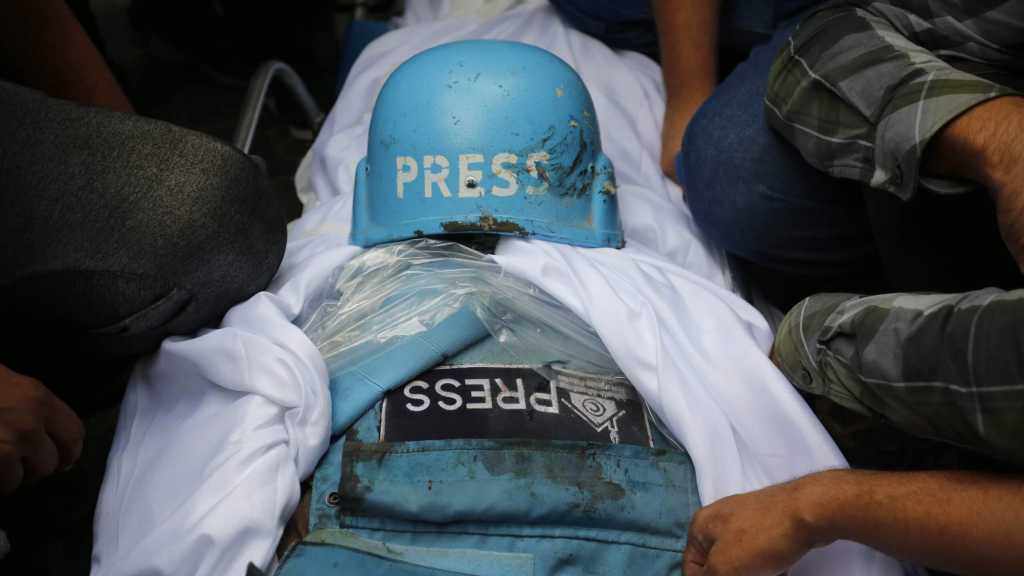
US plagued with disabled wars vets

Source: alalam.ir, 11-05-2008
WASHINGTON-Increasing numbers of US troops have left the military with damaged bodies and minds, an ever-larger pool of disabled veterans that will cost the nation billions for decades to come.
Despite the decline in total vets -- as soldiers from World War II and Korea die -- the government expects to be spending $59 billion a year to compensate injured warriors in 25 years, up from today's $29 billion, according to internal documents obtained by The Associated Press.
And the Veterans Affairs Department concedes the bill could be much higher. Why? Worse wounds. More disabilities. More vets aware of the benefits and quicker to file for them.
Also, ironically, advanced medical care. Troops come home with devastating injuries that might well have killed them in earlier wars.
Time is also a factor when it comes to disability compensation costs.
Payments tend to go up as veterans age, and an increasing number of soldiers from the Vietnam War will be getting bigger payments as they get older and are less able to work around their disabilities.
The number of disabled veterans has jumped by 25 percent since 2001, to 2.9 million, and the cause really is no mystery.
"This is a cost of war," says Steve Smithson, a deputy director at the American Legion.
"We're still producing veterans. We've been in a war in Iraq for five years now, and the war on terror since 9/11."
VA and Census Bureau figures show the previous six-year period, before hostilities in Afghanistan and Iraq, saw a more modest increase of 4 percent in the number of disabled vets.
Veterans can make claims for disability benefits long after their military service has ended.
Today's veterans - disabled or not - number nearly 24 million. That population is projected by the VA to fall under 15 million by 2033, mostly because of dying World War II and Korean War vets. But costs are expected to rise.
Inflation accounts for a big chunk of the increase. But even when the VA factors out inflation, the compensation for disabled veterans would still grow from $29 billion to $33 billion in today's dollars - a more than 10 percent increase.
And the department acknowledges the estimate could rise by 30 percent.
Smithson says today's veterans also are filing claims for more disabilities.
"People are more aware of the benefits they are able to file for (because of) better outreach," Smithson said.
"It's not like the WWII generation and Korean war generation where they weren't aware of what they could file for, and they were also reluctant to file if they didn't think they needed it," Smithson said.
Another factor driving up costs and the overall number of disabled veterans is Vietnam.
Veterans from that era make up the biggest group of vets today receiving disability compensation.
At the end of 2006, more than 947,000 Vietnam vets were getting monthly checks.
Conditions, such as a bad back or knee, can worsen with age and draw higher payments.
WASHINGTON-Increasing numbers of US troops have left the military with damaged bodies and minds, an ever-larger pool of disabled veterans that will cost the nation billions for decades to come.
Despite the decline in total vets -- as soldiers from World War II and Korea die -- the government expects to be spending $59 billion a year to compensate injured warriors in 25 years, up from today's $29 billion, according to internal documents obtained by The Associated Press.
And the Veterans Affairs Department concedes the bill could be much higher. Why? Worse wounds. More disabilities. More vets aware of the benefits and quicker to file for them.
Also, ironically, advanced medical care. Troops come home with devastating injuries that might well have killed them in earlier wars.
Time is also a factor when it comes to disability compensation costs.
Payments tend to go up as veterans age, and an increasing number of soldiers from the Vietnam War will be getting bigger payments as they get older and are less able to work around their disabilities.
The number of disabled veterans has jumped by 25 percent since 2001, to 2.9 million, and the cause really is no mystery.
"This is a cost of war," says Steve Smithson, a deputy director at the American Legion.
"We're still producing veterans. We've been in a war in Iraq for five years now, and the war on terror since 9/11."
VA and Census Bureau figures show the previous six-year period, before hostilities in Afghanistan and Iraq, saw a more modest increase of 4 percent in the number of disabled vets.
Veterans can make claims for disability benefits long after their military service has ended.
Today's veterans - disabled or not - number nearly 24 million. That population is projected by the VA to fall under 15 million by 2033, mostly because of dying World War II and Korean War vets. But costs are expected to rise.
Inflation accounts for a big chunk of the increase. But even when the VA factors out inflation, the compensation for disabled veterans would still grow from $29 billion to $33 billion in today's dollars - a more than 10 percent increase.
And the department acknowledges the estimate could rise by 30 percent.
Smithson says today's veterans also are filing claims for more disabilities.
"People are more aware of the benefits they are able to file for (because of) better outreach," Smithson said.
"It's not like the WWII generation and Korean war generation where they weren't aware of what they could file for, and they were also reluctant to file if they didn't think they needed it," Smithson said.
Another factor driving up costs and the overall number of disabled veterans is Vietnam.
Veterans from that era make up the biggest group of vets today receiving disability compensation.
At the end of 2006, more than 947,000 Vietnam vets were getting monthly checks.
Conditions, such as a bad back or knee, can worsen with age and draw higher payments.
- Related News

Kremlin: No Preparations Yet for Trump-Putin Meeting
3 months ago

